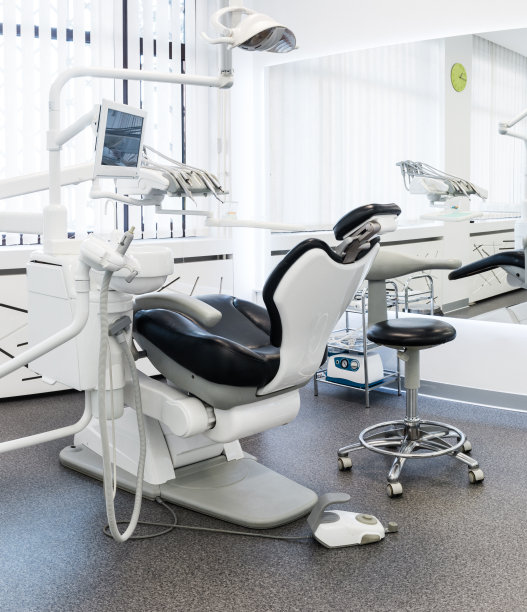Understanding the Procedure and Aftercare of Extracting a Tooth for Optimal Oral Health and Recovery
Summary: Understanding the procedure and aftercare of tooth extraction is vital for maintaining optimal oral health. This article explores the essential aspects of tooth extraction, emphasizing the importance of consultation, the extraction procedure itself, proper aftercare, and recognizing complications. Each step provides insight into ensuring a smooth recovery, equipping patients with the knowledge necessary to manage pain and promote healing. By understanding these components, individuals can significantly improve their overall dental experience and health outcomes, leading to a happier, healthier smile.
1. Importance of Pre-Extraction Consultation

Before undergoing a tooth extraction, a thorough consultation with an oral healthcare professional is crucial. During this meeting, dentists assess the patient’s dental health, review medical history, and discuss any current medications. This step is essential to identify any conditions that may complicate the extraction, such as infections, systemic diseases, or allergies to anesthesia.
Additionally, this consultation allows patients to voice their concerns and ask questions. Understanding the procedure, potential risks, and expected outcomes helps reduce anxiety and builds trust between the dentist and the patient. It is the ideal time for patients to inquire about alternatives to extraction, especially if there are options to save the tooth.
Moreover, patients should expect a comprehensive examination, including X-rays or imaging, to determine the exact location of the tooth and its roots. This information aids the dentist in planning the extraction and managing any predicted difficulties during the procedure.
2. The Tooth Extraction Procedure Explained
The tooth extraction process typically begins with the administration of anesthesia, ensuring the patient is comfortable and feels no pain during the procedure. Dentists may use local anesthesia for simple extractions, while sedation or general anesthesia might be necessary for more complicated cases, such as impacted teeth.
Following anesthesia, the dentist gently loosens the tooth using specialized instruments. For simple extractions, this involves elevating the tooth with an elevator, while for surgical extractions, careful incisions may be necessary to remove the tooth along with surrounding bone if needed. Understanding the methodology can ease nervousness about the procedure.
Once the tooth is extracted, the dentist will place gauze over the extraction site to control bleeding and encourage clot formation. Patients may receive post-operative instructions, including how to manage discomfort, dietary restrictions, and activities to avoid as they recover from the extraction.
3. Essential Aftercare for Recovery
After a tooth extraction, proper aftercare is vital for ensuring a smooth recovery and reducing the risk of complications. Patients should follow their dentist’s post-operative instructions, which may include instructions for managing pain and swelling. Over-the-counter pain medications or prescribed medications may be recommended to help alleviate discomfort.
Diet plays a crucial role in recovery as well. Initially, patients should stick to soft foods and avoid hot, spicy, or crunchy items that may irritate the extraction site. Staying hydrated is also important, but individuals should avoid using straws for at least a week, as the suction can dislodge the blood clot and lead to dry socket, a painful complication.
Monitoring the extraction site for signs of complications is crucial. Patients should watch for excessive bleeding, increased swelling, or signs of infection such as fever or pus. If any of these symptoms arise, contacting the dentist promptly is essential to address the issue and maintain optimal recovery.
4. Recognizing and Managing Complications
Despite following aftercare guidelines, complications from tooth extraction can occur. One of the most common issues is dry socket, characterized by severe pain several days post-extraction due to loss of the blood clot. Patients should be aware of the symptoms and seek immediate dental care if they suspect they have developed this condition.
Infections can also arise, typically presenting with increased pain, swelling, fever, and an unpleasant taste in the mouth. Proper oral hygiene, prescribed antibiotics, and follow-up visits can help manage and treat these infections effectively.
Lastly, nerve damage is a rare but significant complication that can result from the extraction of lower wisdom teeth. Patients may experience numbness in the lip or chin, which may resolve over time but can necessitate further evaluation and treatment in some cases. Understanding these potential complications can empower patients to seek timely care.
Summary:
In conclusion, understanding the procedure and aftercare of tooth extraction is pivotal for individuals seeking to maintain their oral health. Pre-extraction consultations prepare patients mentally and physically, while a thorough understanding of the procedure itself aids in managing expectations. Post-operative care significantly influences recovery, and recognizing potential complications ensures that patients can respond effectively to issues as they arise.
This article is compiled by Vickong Dental and the content is for reference only.



